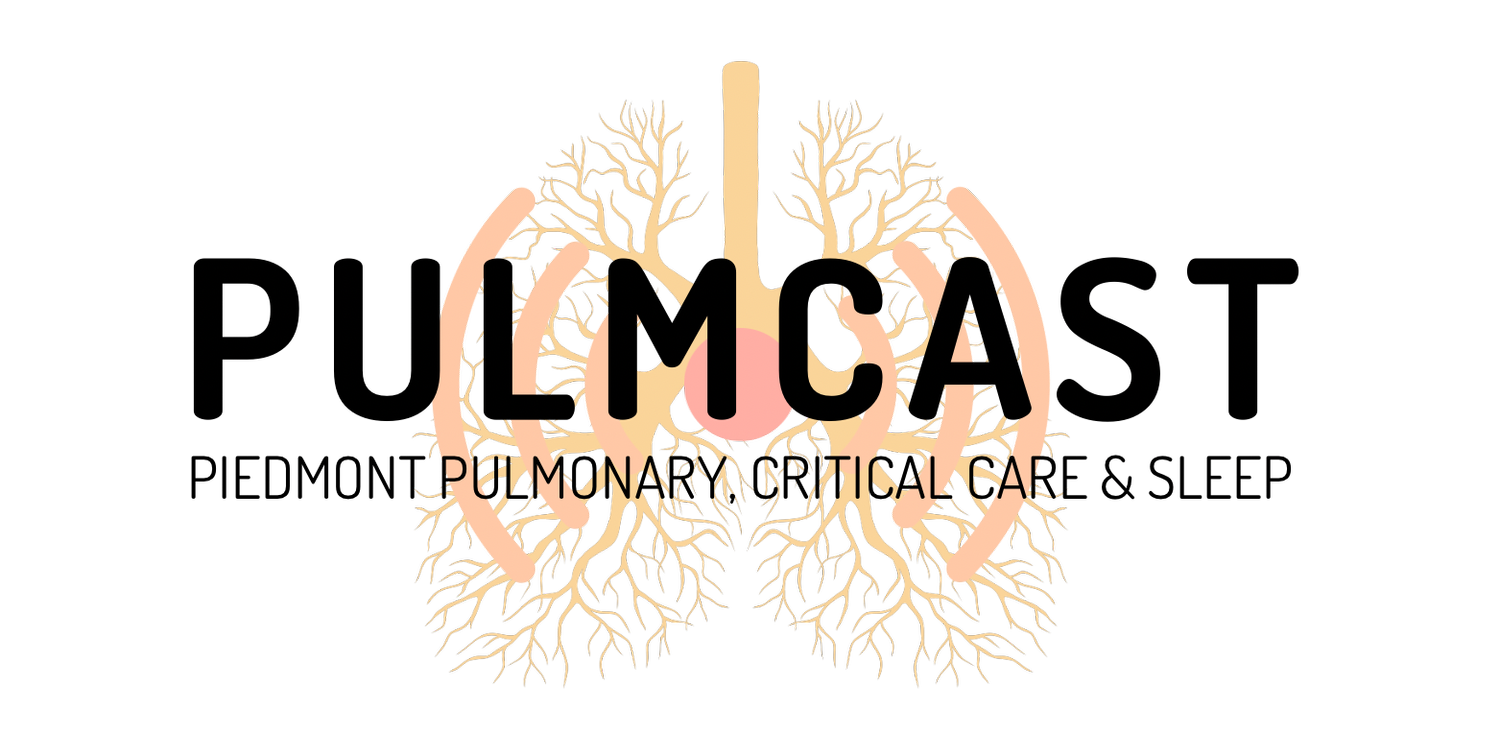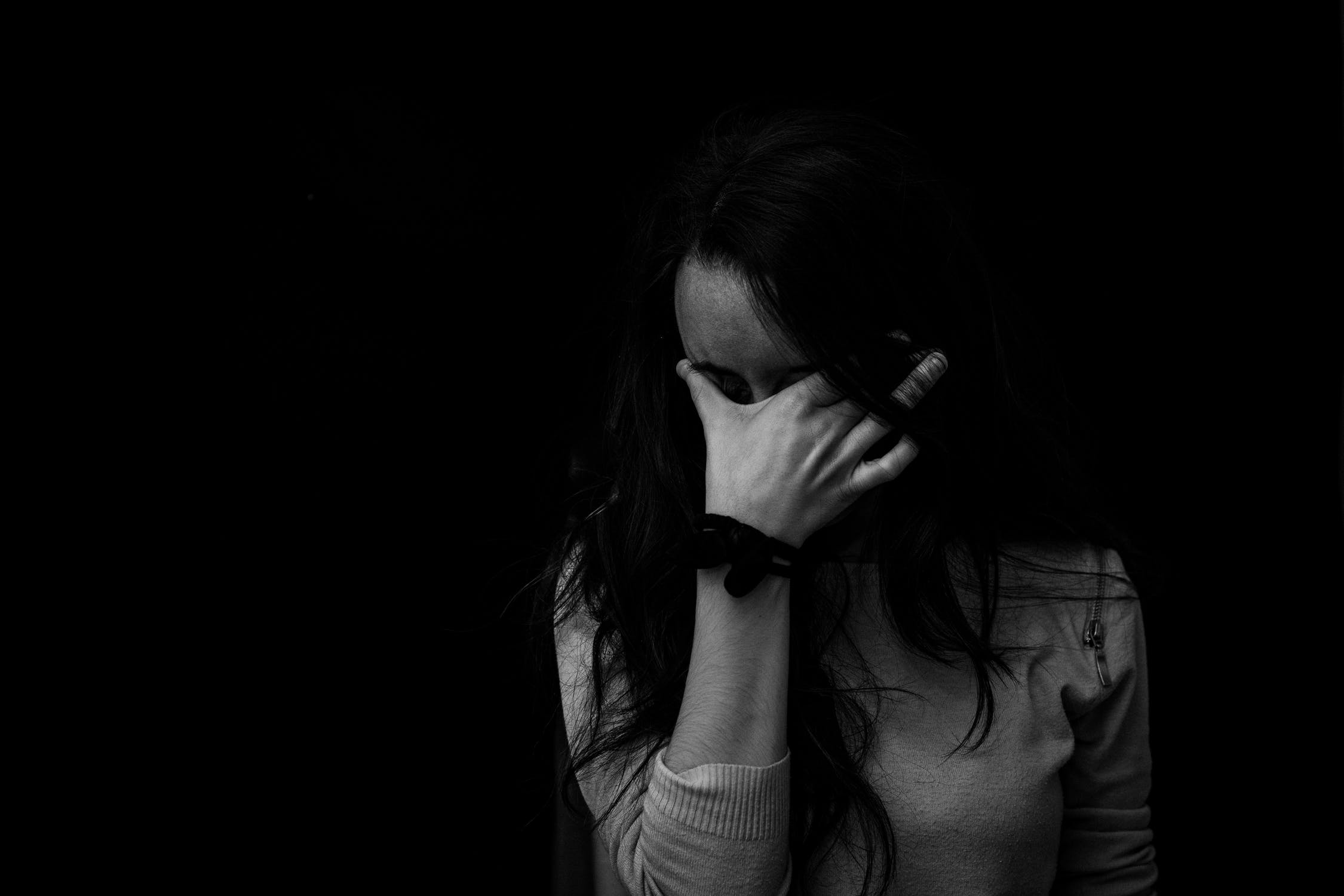Night Shift: The Silent Killer
night shift: The silent killer Part I
Night Shift: The silent Killer part II
Night shift work disrupts your circadian rhythm, leading to poor sleep quality, metabolic disorders, mood instability, and increased cardiovascular risk. Shift workers can mitigate harm with strategic sleep hygiene, blackout environments, timed light exposure, caffeine timing, and cautious use of sleep aids like melatonin or hypnotics.
About Dr. Schmitt
Matthew Schmitt, M.D. received his medical degree from St. George’s University School of Medicine. He went on to complete his internal medicine internship and residency at Orlando Regional Medical Center in Orlando, Florida, where he also served as chief resident. He achieved his fellowships in pulmonary disease and sleep medicine from Norwalk Hospital affiliated with Yale School of Medicine in Norwalk, Connecticut. He completed his fellowship in critical care medicine in New Haven, CT from the Yale School of Medicine. Dr. Schmitt has published numerous scholarly articles in medical journals. He holds board certifications in internal medicine, pulmonary disease, and critical care medicine. Dr. Schmitt treats pulmonary and sleep medicine patients. He has a special interest in COPD, obstructive sleep apnea, and central sleep apnea.
Why Night Shift Undermines Sleep and Performance
Shift work forces your body to operate against its internal clock, known as the circadian rhythm. This misalignment between wake and sleep schedules leads to poor sleep quality and multiple performance impairments. Simply put, your brain isn’t built to function at 3 AM—even if your job demands it.
Inherent intrinsic rhythm of day: Sleep/wake times on night shift run counter to normal light/dark cycle
Sleep quality usual isn’t as well and duration of sleep is shortened affecting performance
Most people aren’t “evening owls” that truly feel wonderful at 3 AM
Going against two process model: Process S and Process C
Process S: drive for sleep
dependent on time since you left slept - e.g. sleepy because you did not sleep will the night before
Process C: inherent rhythmic variation of sleep propensity
Governed by activities, light/darkness, eating schedule, exercise, etc -> tell our brain when to be awake
Things that can go wrong with sleep itself
Sleep eating, OSA, sleep walking, narcolepsy, insomnia
Social factors:
Still have to get dry cleaning done, bills paid, etc; difficult to get restful sleep during day
Health Consequences: Obesity, Diabetes, Heart Disease, and Mood Disorders
Chronic circadian disruption is more than a matter of fatigue—it’s a significant public health risk. Night-shift workers face elevated rates of metabolic syndrome, cardiovascular disease, diabetes, depression, and anxiety. These consequences stem from both physiological stress and lifestyle strain associated with out-of-sync schedules.
Increased risk of obesity, diabetes, gastric disorders
Increased risk of cardiovascular disease
Increased frequency of automobile accidents
More incidence of divorce/abuse/depression
Short or long hours of sleep = lower survival overall.
In study of danish nurses, there was increased all cause mortality
Sleep Staging & Why Quality Matters
Not all sleep is created equal. Quality matters just as much as quantity. Sleep architecture (the stages of REM and deep sleep) becomes fragmented and shallow for night workers. This disruption compromises memory, immune function, and emotional resilience—even if total sleep time isn't dramatically reduced.
Non-REM sleep
Stage 1: lightest sleep
Stage 2: intermediate, where we spend most of our night
Stage 3: deep delta sleep; restorative sleep
REM sleep
Most of our dreaming; often remember glimpses of dream but rare to remember entire dream itself (protective mechanism for you to know that it’s a dream vs real)
Usually should get 7-9 hours of sleep
If you’re a short sleeper during week, may be able to make it up on the weekends: some studies done showing same mortality risk as normal sleepers
Can Fitbit let you know what stage you were in? Look at it for hours of sleep, but take stages of sleep with grain of salt
Combat Strategies: Sleep Hygiene, Environment, and Light Management
Sleep Hygiene and Sleep Environment
Don’t have electronics in room; don’t use technology for bed
Keep a regular sleep schedule - adult brain is not far off from childs brain when it comes to sleep
When you leave night shift:
Wear sunglasses from the time you leave to the time you get home, avoid sunlight and bright light
Keep room dark you sleep in - black out curtains
Darkness releases melatonin
Ear plugs, eye masks
Keep room cool to enhance sense of wanting to go to bed (63-73 deg Fahrenheit)
Light box therapy - bright light to increase alertness during awake phase
White noise, meditation - focus the brain on something other than traffic; “quiets your brain”
Smart Wakefulness: Caffeine Timing & OTC Options
Caffeine
Depends on tolerance
Reduce caffeine on off days by cup or two to prevent tolerance from building up
During night shift: 1-4 cups of coffee (~150-400 mg/shift)
“Front load the caffeine” - 2-3 cups early on in night shift; another cup a few hours later
If you start drinking late in your shift, likely to hang around and make it harder for you to sleep
General rule of thumb: last dose of caffeine 4 hours prior to sleep, although this varies per person (caffeine is effective 4-6 hours)
melatonin
Melatonin is NOT a “sleeping pill/sleeping aid” - it is a circadian alerting molecule that your body makes to help you clue it into bedtime
1/3 of people - makes them extra relaxed
Stick to small doses. Most common dosages are 5 or 10mg, but the average person should ONLY take 1-3mg, sometimes 5mg
Once you go above 5mg, you’ll get same effect as 1-5 mg but it will hang around so you will likely feel groggy
Try extended release formulation - will having keep you asleep
Try multiple forms of melatonin before you call it quits; it’s natural, likely safer long term
71% didn’t have what they said they had in them - either no melatonin or 4x the melatonin
Random additives
You don’t know how you will react until you try it
When to take it? 30-60 min before bedtime when you get home - leave it on your counter and take it as soon as you get home
Does it affect your endogenous melatonin? as far as we know, you will still make melatonin if you stop taking it after taking it long term
antihistamines/diphenhydramine
Histamine is naturally occurring alerting hormones - so if you block it it makes you drowsy
You will build up tolerance - They have their place when you have a tough night every once in a while; suddenly going from night to day shift, etc but shouldn’t be used daily
Use the lowest dose possible that work for you
Problem: lots of “hangover” effect, a “fog”
When Hypnotics Help — And When to Avoid Them
Short-term sleep aids can help night workers adjust, but they’re not a substitute for good sleep hygiene. Use hypnotics sparingly and only when other strategies fail, and always under medical guidance to avoid dependence or grogginess.
Ambien/Lunesta/etc - non-benzodiazepine receptor agonists (“non-benzo benzos”)
Long term association studies have shown that people (JCSM, South Korea) who take a lot of these pills don’t live as long - increased all cause mortality, increased risk of Alzheimers
Increased risk of sleep walking, car accidents, etc
For patients with true insomnia it DOES improve sleep time
May not feel like you got better sleep -you still are thrown off from your circadian rhythm despite getting actual sleep
For true insomnia: CBTI (Cognitive Behavioral Therapy for Insomnia) is preferred treatment
Always have a plan for getting on and off this medication; use lowest dose possible. Use it as sparingly as possible
wake promoting agents
Nuvigil, provigil
Gentler than true stimulants; tend to not have as much as a “high” feeling but keep you more awake
Moderate quality evidence that they can help keep you more alert and more awake for night shift
For many people Nuvigil 150mg 30-60 min before night shift, Provigil 200mg 30-60 min before shift
More resources
Part 1
"Go to Sleep” and “Fantasy” by Podington Bear is licensed under CC BY-NC 3.0 / Songs have been cropped in length from original form
“Car Passing By” by audio_stock is licensed under CC BY-NC 3.0 / Song was not edited or cropped in any form
“Construction, Jackhammer Excavator, A.wav” by InspectorJ is licensed under CC BY 3.0 / Song was not edited or cropped in any form
Part 2
"Daydreamer”, “Grebe”, “Orange Jucier” and “Stuck Dream” by Podington Bear is licensed under CC BY-NC 3.0 / Songs have been cropped in length from original form



